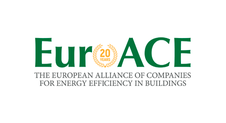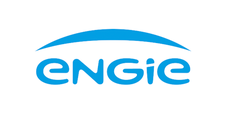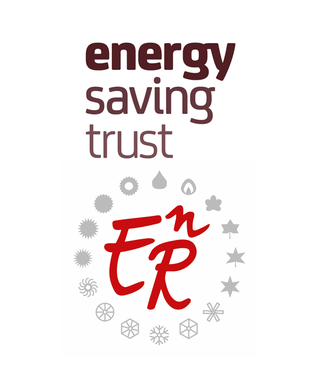Search eceee proceedings
The German national climate initiative – evaluation of its impact and success factors on the occasion of its 10-year anniversary
Panel: 4. Monitoring and evaluation for greater impact
This is a peer-reviewed paper.
Authors:
Katja Schumacher, Öeko-Institut (Institute for Applied Ecology), Germany
Julia Repenning, Öko-Institut, Germany
Kerstin Tews, Free University Berlin, Germany
Maria-Rosaria DiNucci, Free University Berlin, Germany
Carina Zell-Ziegler, Öko-Institut, Germany
Tanja Kenkmann, Öko-Institut, Germany
Christian Nissen, Öko-Institut, Germany
Angelika Paar, ifeu, Germany
Lothar Eisenmann, ifeu, Germany
Lisa Muckenfuss, ifeu, Germany
Hans-Joachim Ziesing, Germany
Abstract
The German National Climate Initiative (NCI) presents one cornerstone of the German Government’s ambitious plans to reduce GHG emissions. It was initiated in 2008 to contribute to the German climate targets and addresses businesses, consumers and local authorities in areas with significant efficiency and mitigation potentials that cannot be tapped by other instruments. The NCI stimulates behavioral change and investment towards energy efficiency and lower GHG emissions by bringing together different actors, initiating local initiatives, reducing barriers and setting examples for multiplication and imitation.
The NCI supports diverse projects and programs including campaigns, broad and specific information programs, local energy/climate concepts as well as stimulus programs for efficient street lighting, commercial cooling systems or household-scale cogeneration facilities. Each program/project addresses at least one target group: consumers, municipalities, business and/or education. In the last decade, the NCI has funded more than 25,000 projects for around 800 million Euros.
The NCI is the first German climate program which has been subject to policy evaluation from the very outset. A systematic theory-based methodology was developed to master the challenges connected with the broad range of intervention types. Clustering interventions according to the program logic and mapping their causal chains proved very useful to discern the different levels of impact related to different types of intervention.
This paper describes the activities carried out under the NCI, presents the evaluation approach and illustrates the findings of the evaluation (on investments, GHG reduction, employment effects etc.). We find substantial differences between information-based and investment-based activities, and between the various information-based project approaches. Moreover, the paper describes success factors and lessons learned that could also be helpful in other contexts.
Downloads
Download this paper as pdf: 4-061-19_Schumacher.pdf
Download this presentation as pdf: 4-061-19_Schumacher_Presentation.pdf
Panels of
1. The dynamics of limiting (energy) consumption
2. What's next in energy policy?
4. Monitoring and evaluation for greater impact
5. Smart and sustainable communities
7. Make buildings policies great again
8. Buildings: technologies and systems beyond energy efficiency
9. Improving energy efficiency in ICT, appliances and products

























